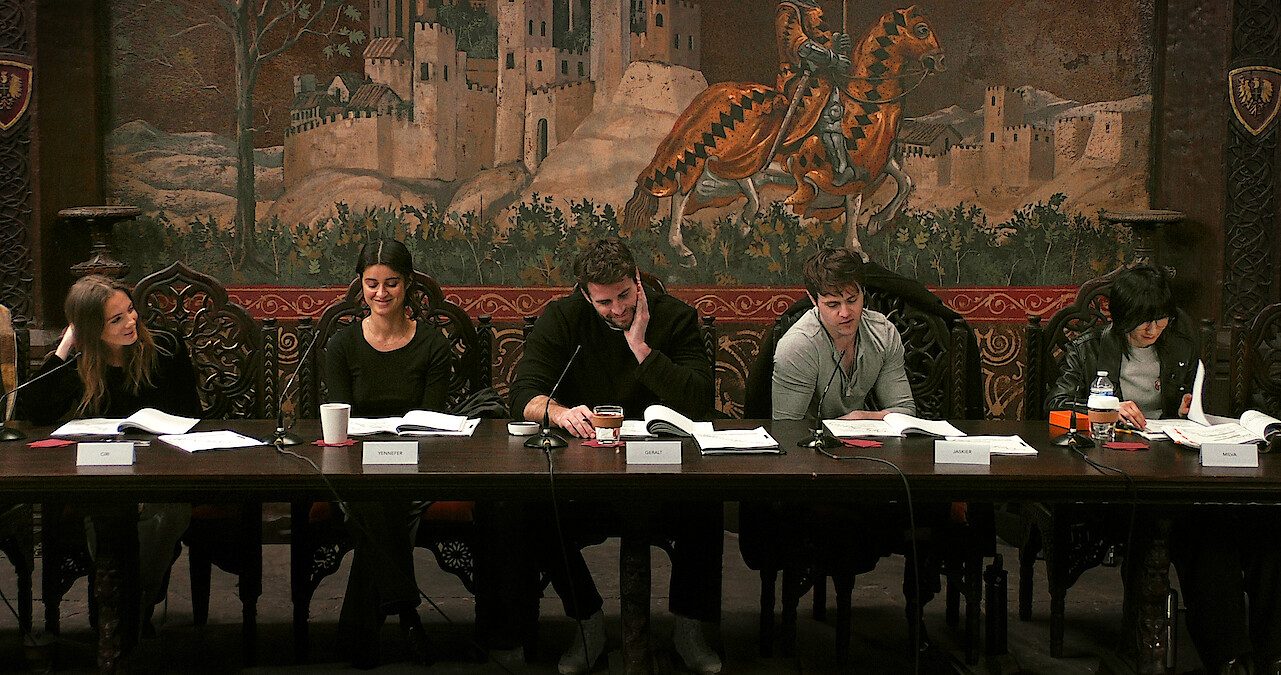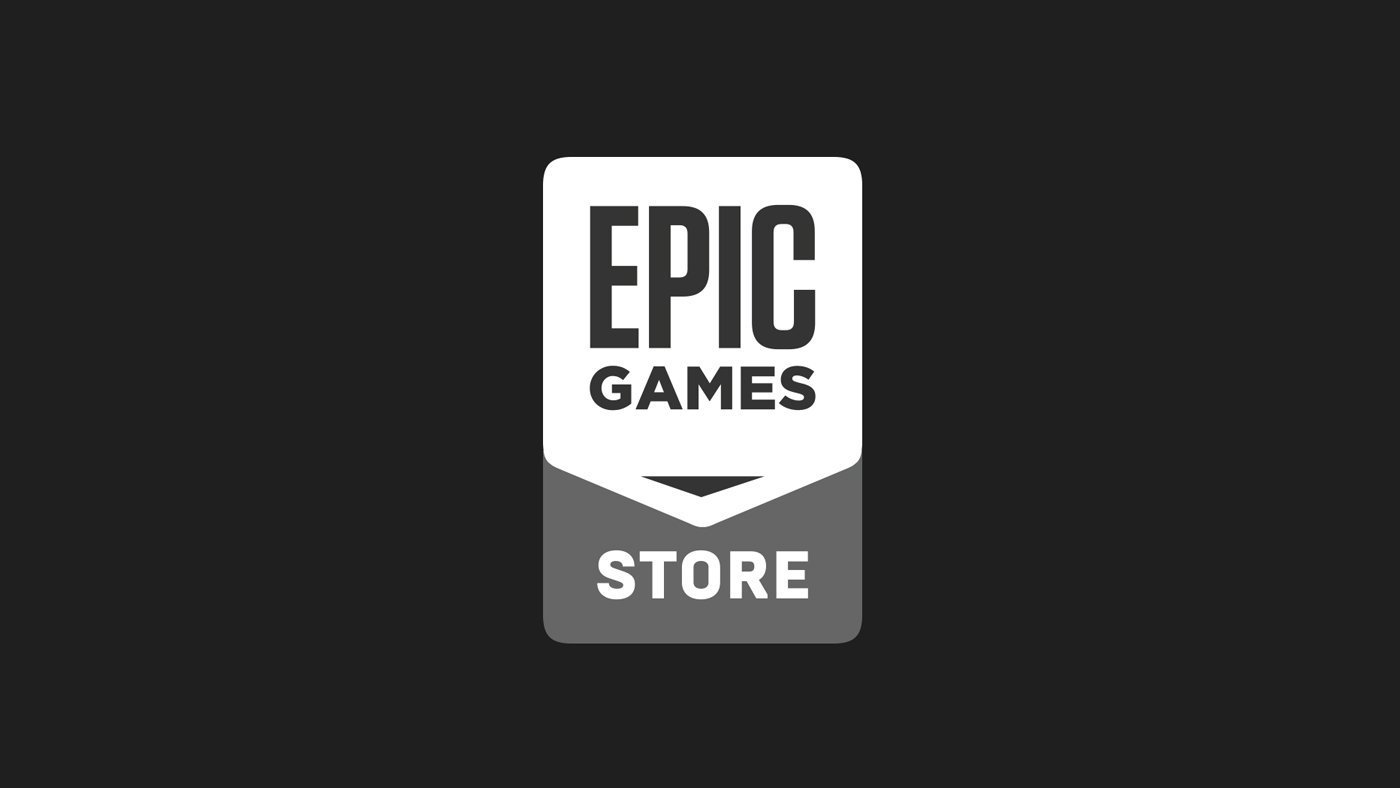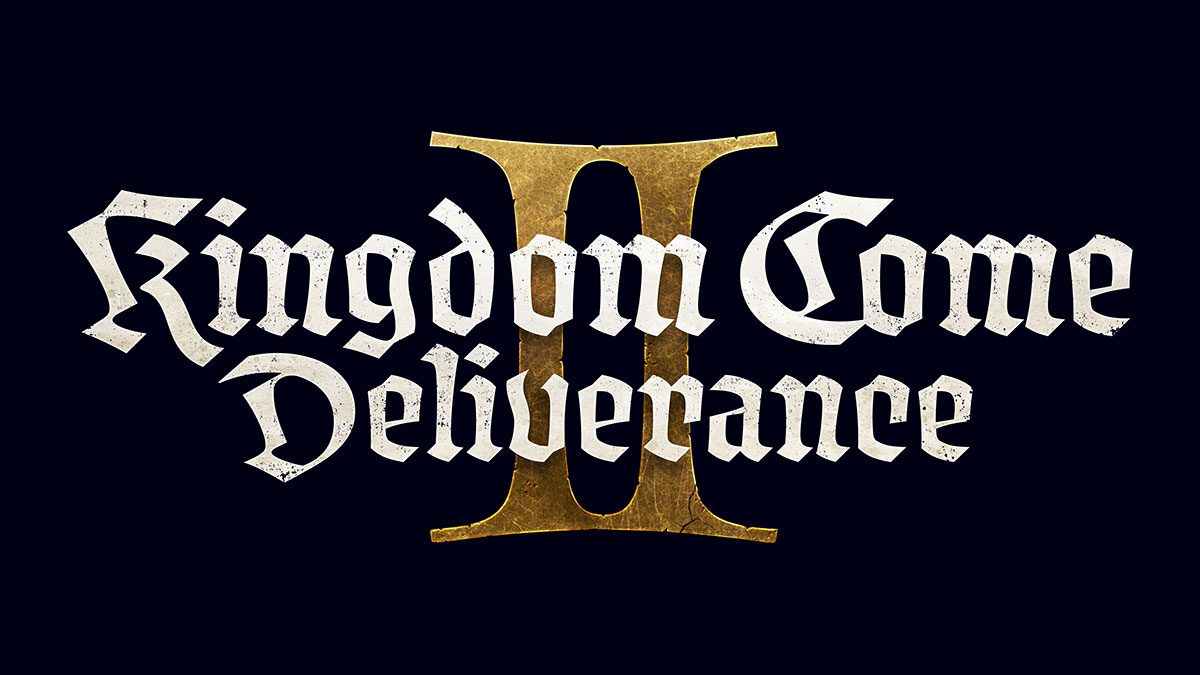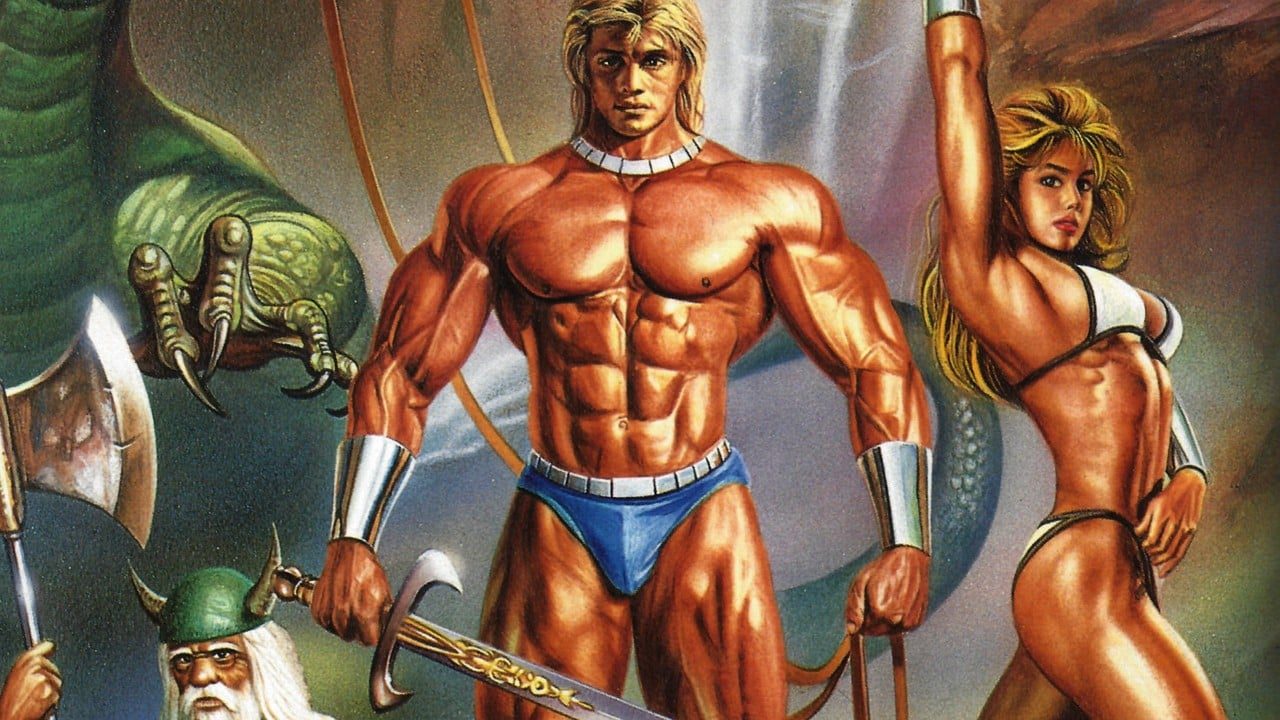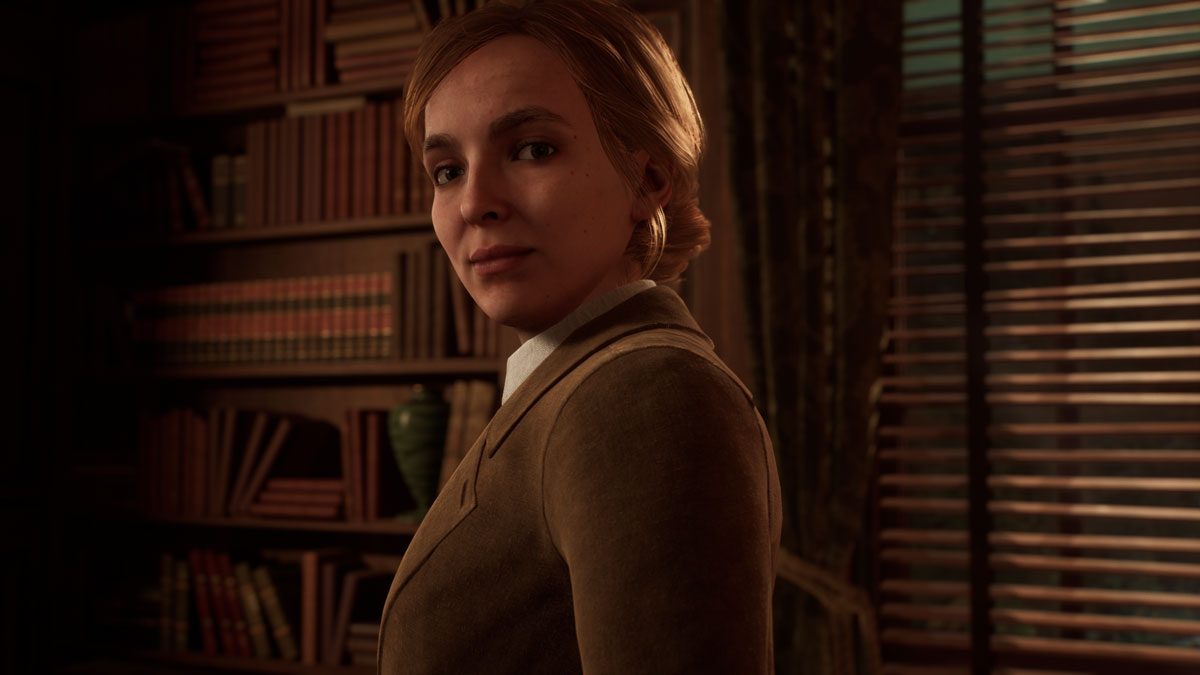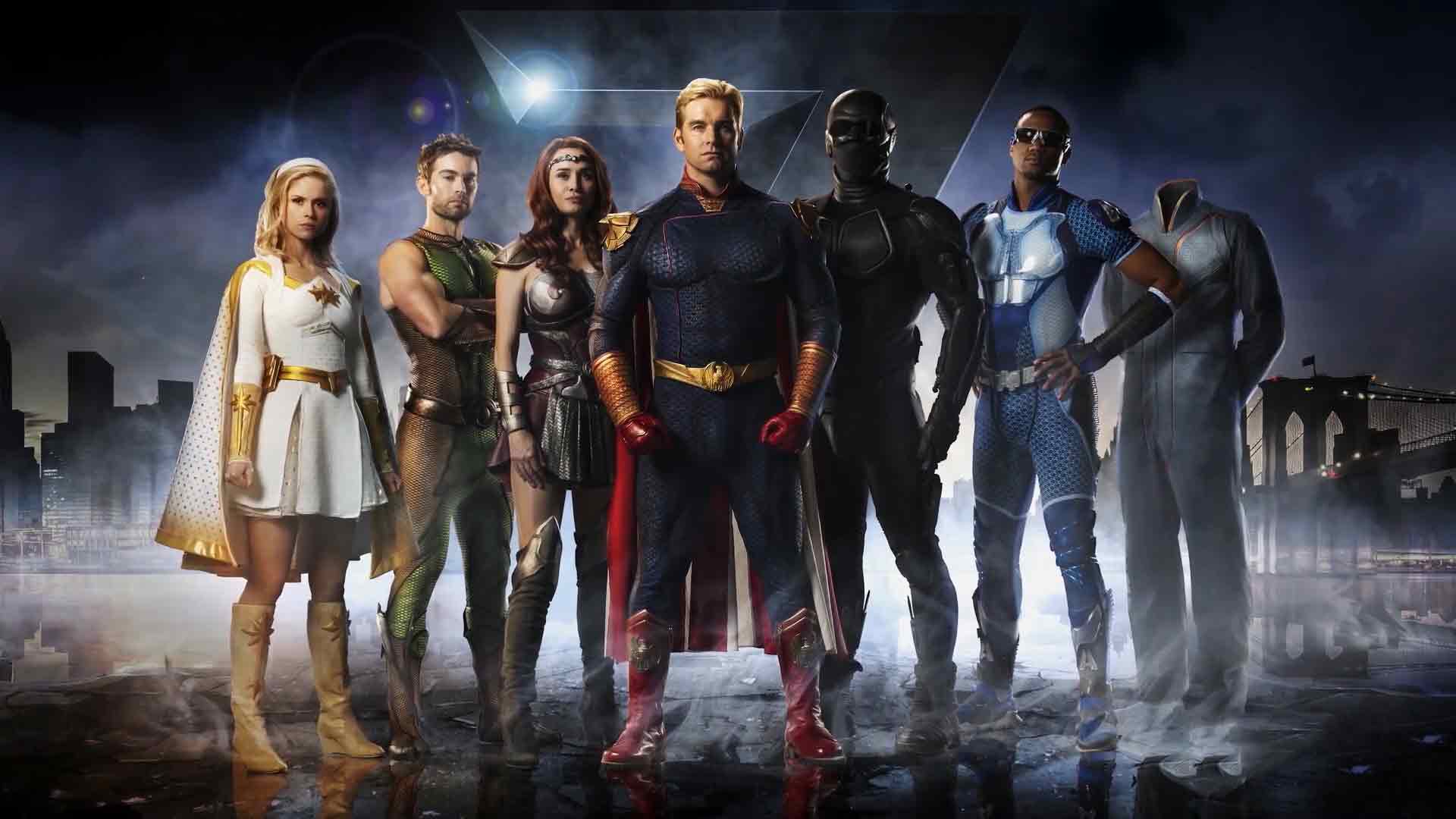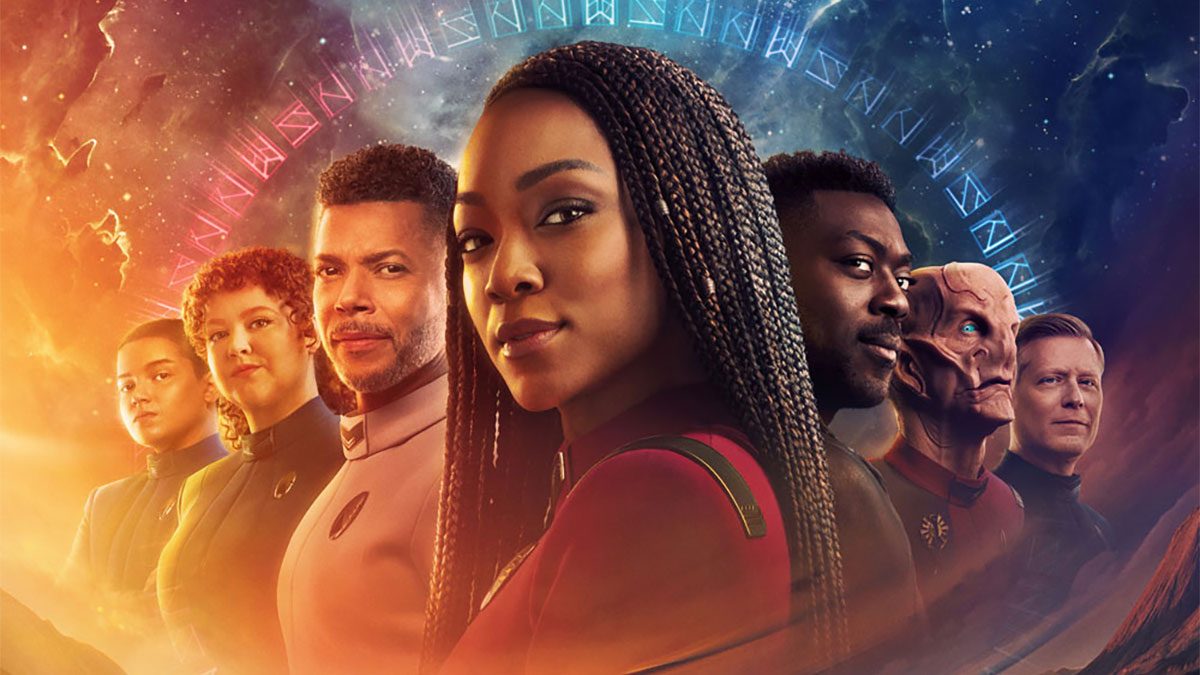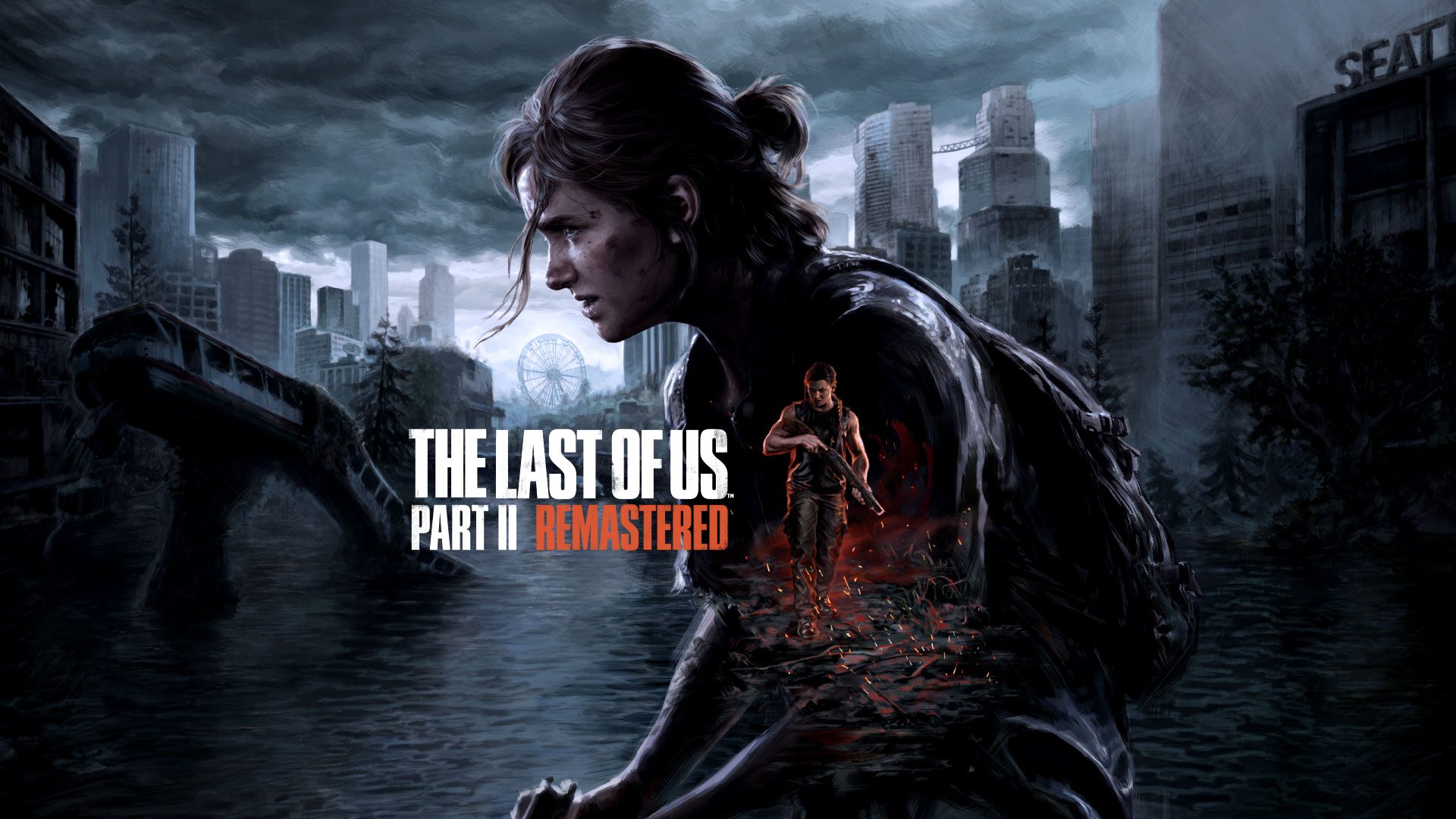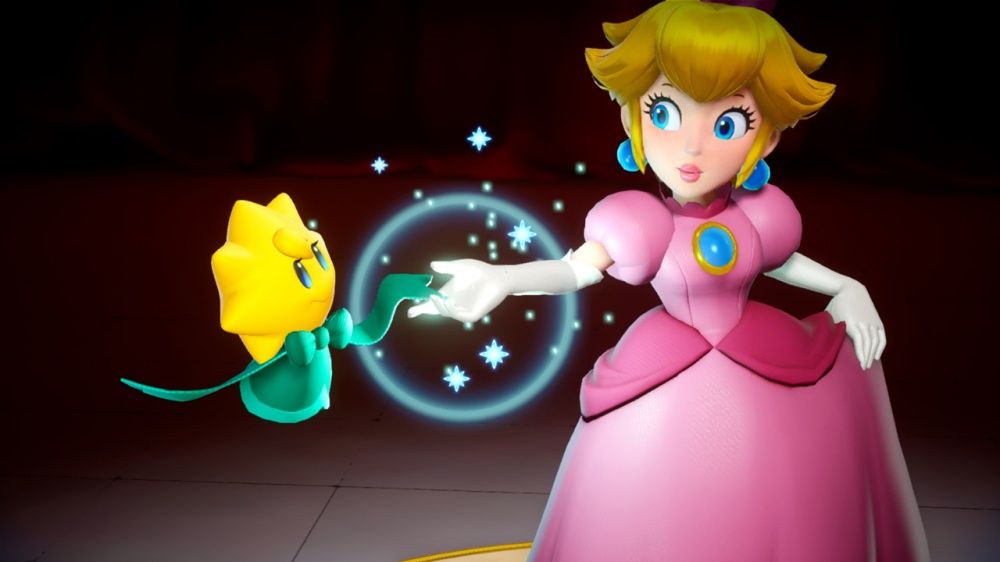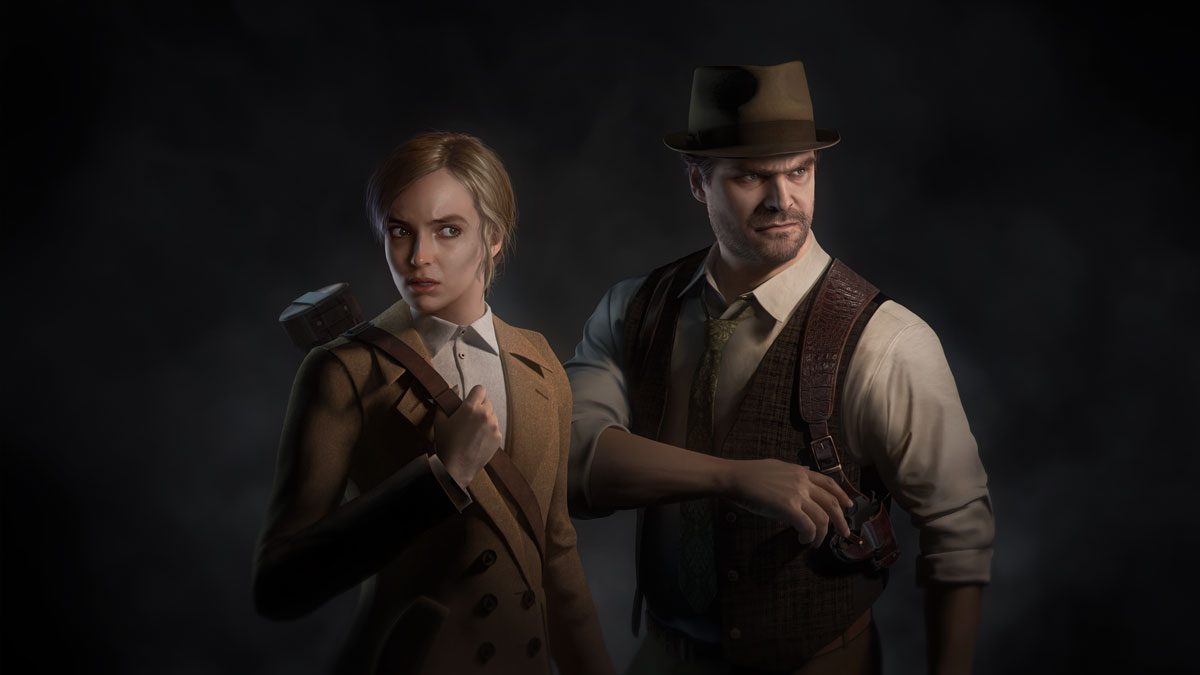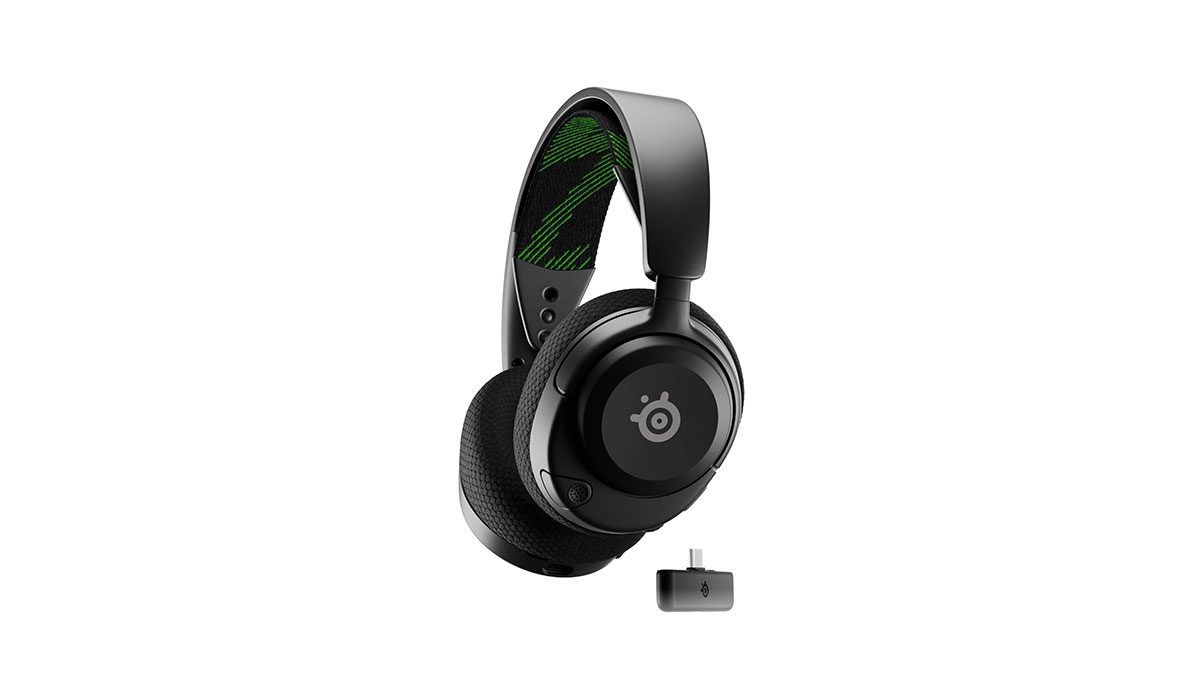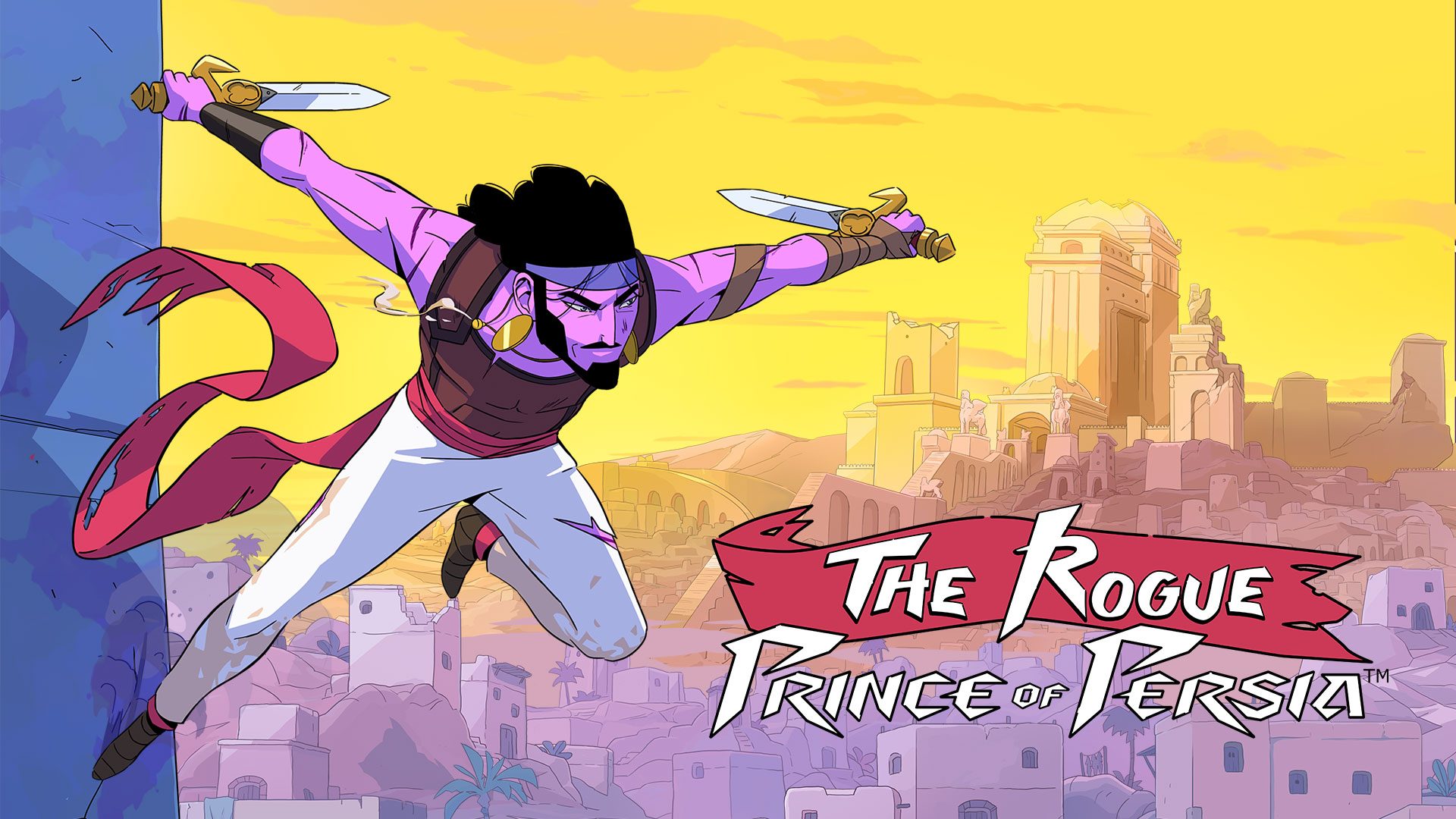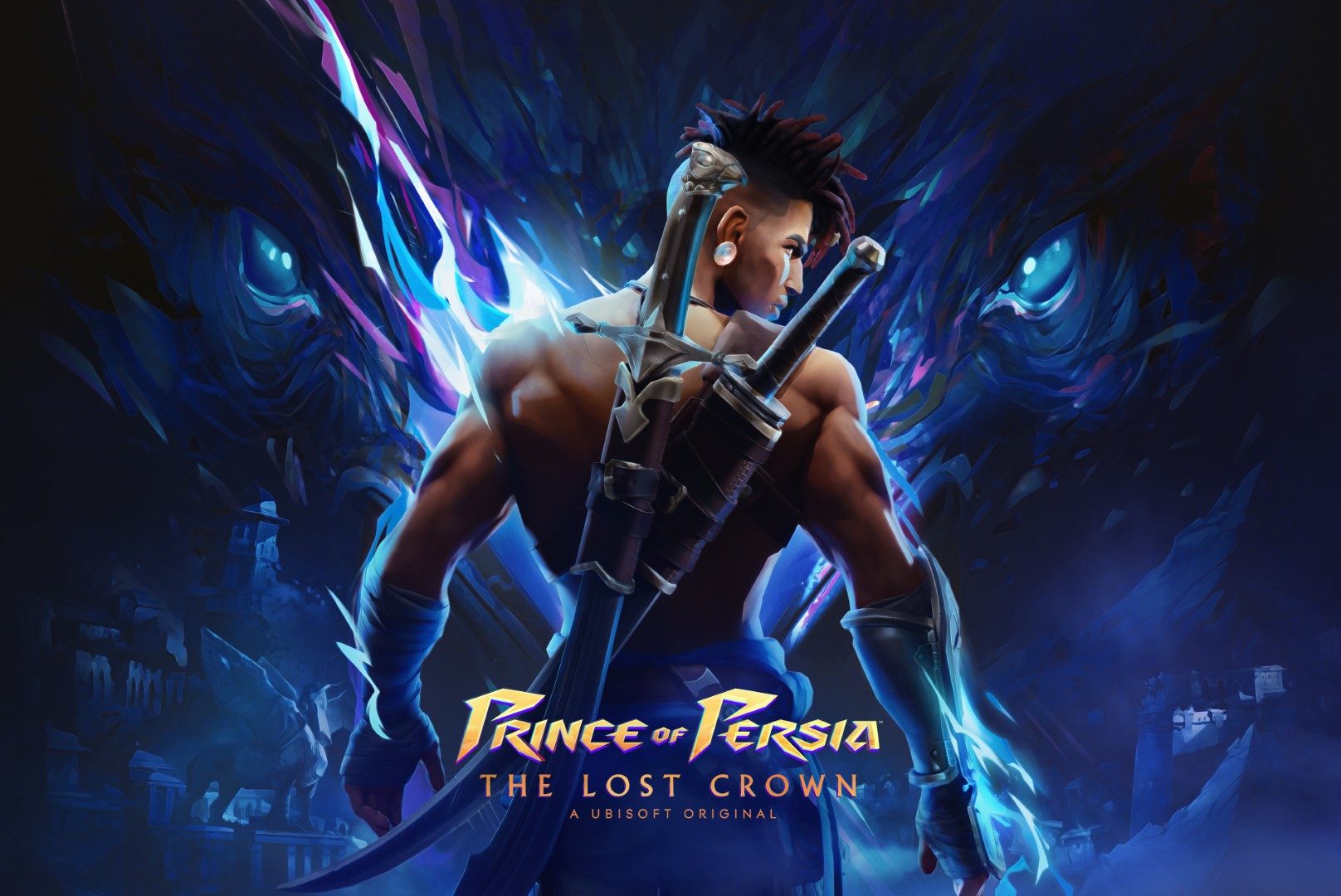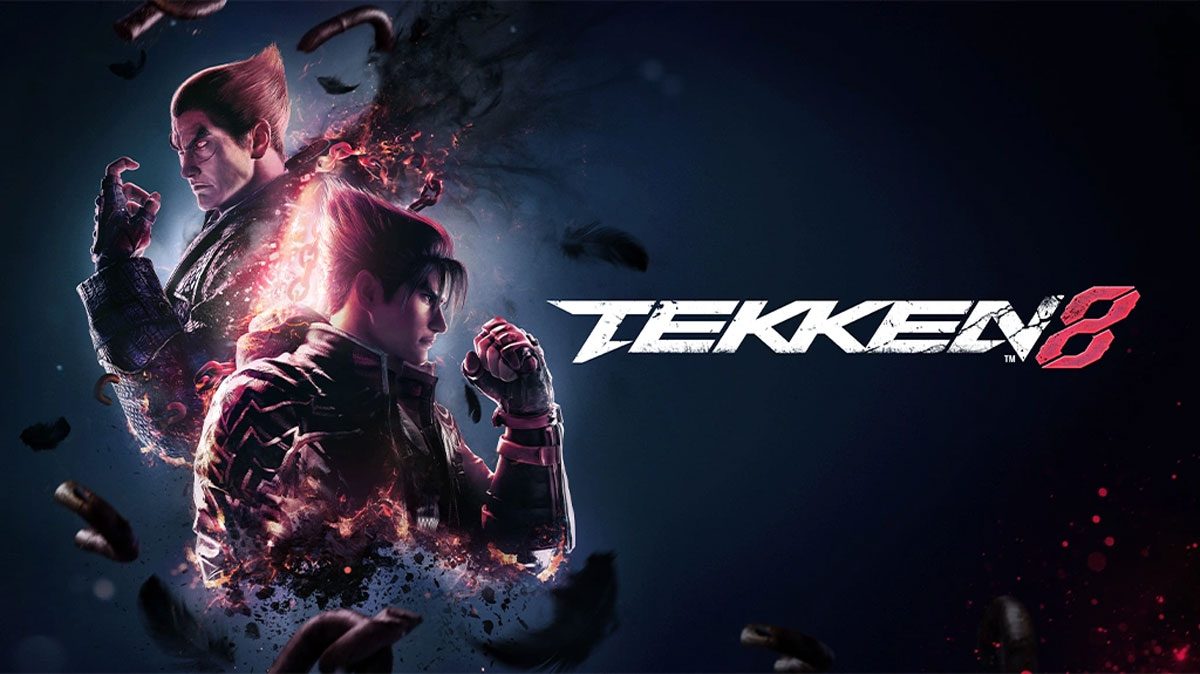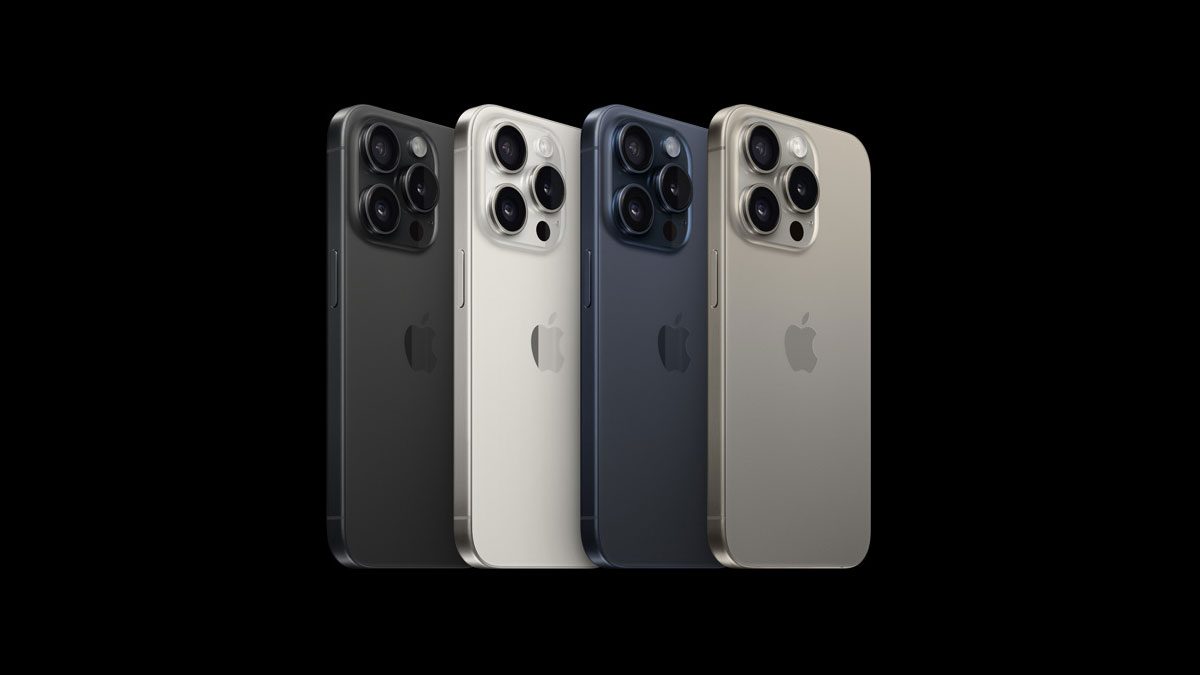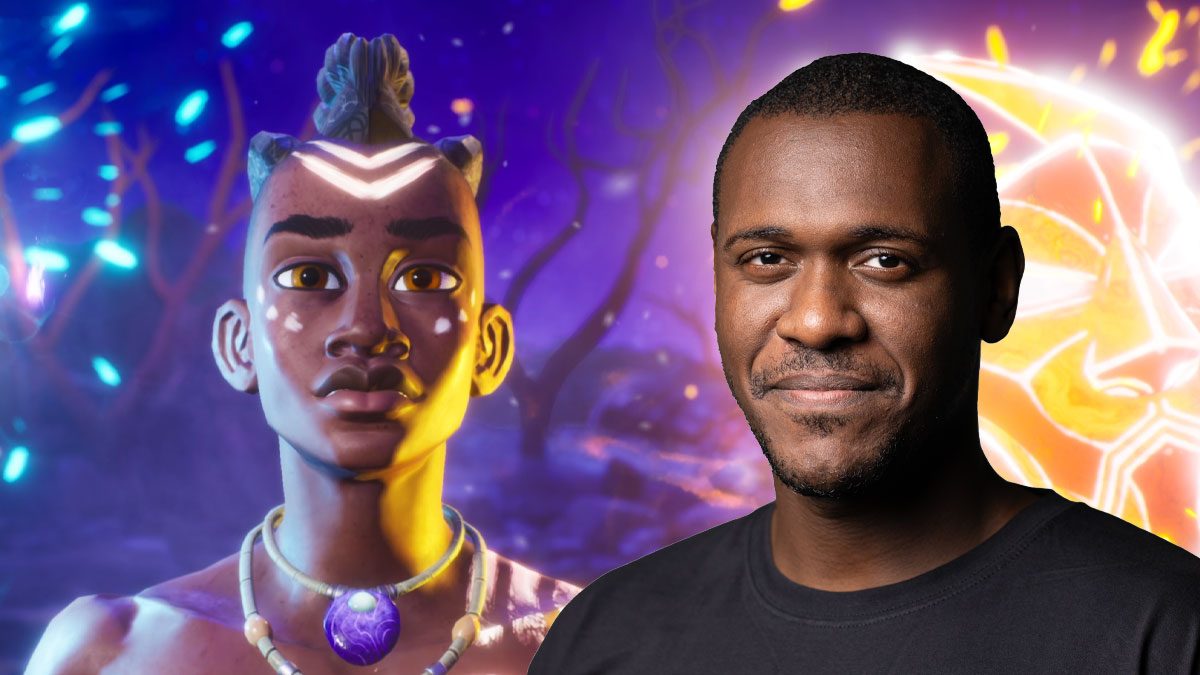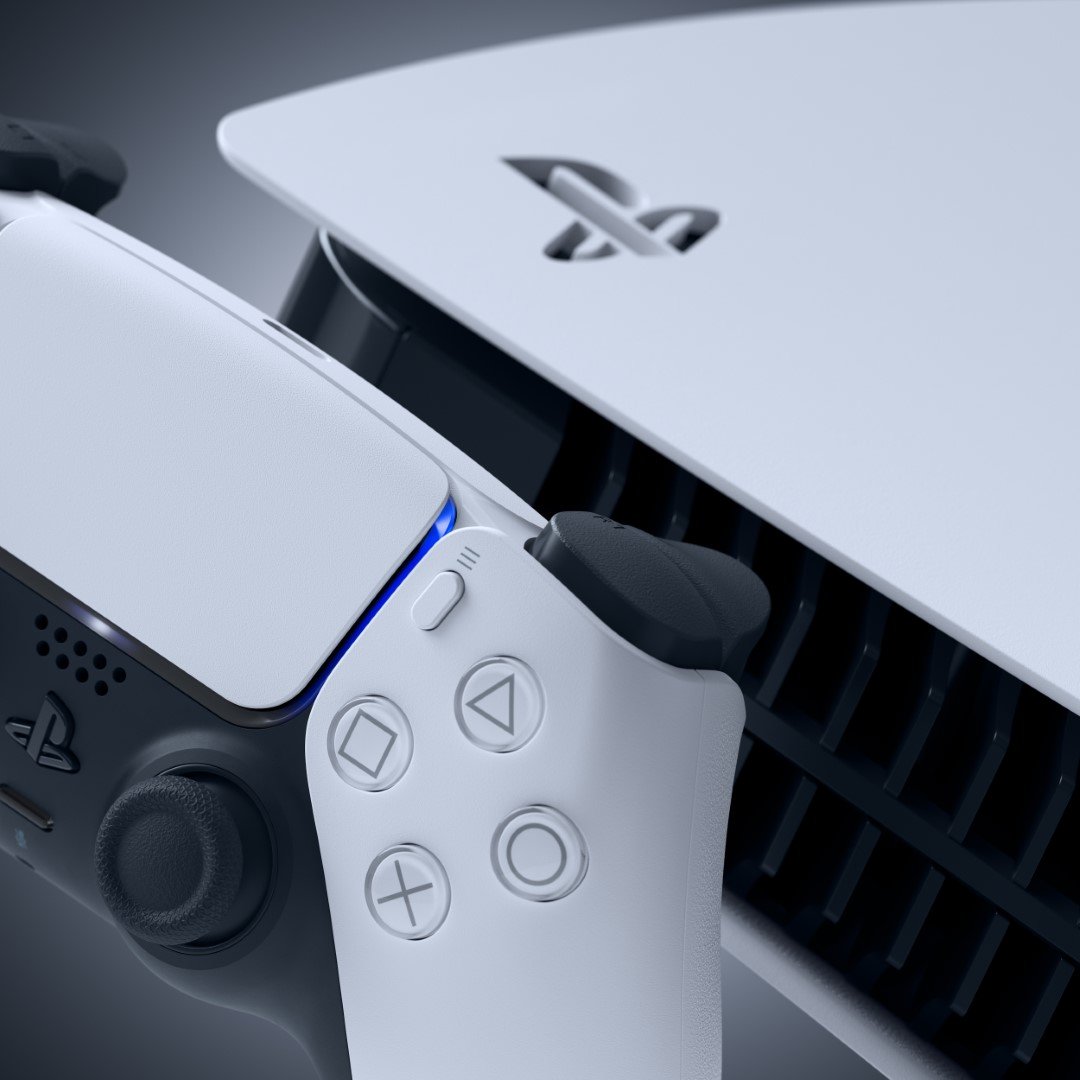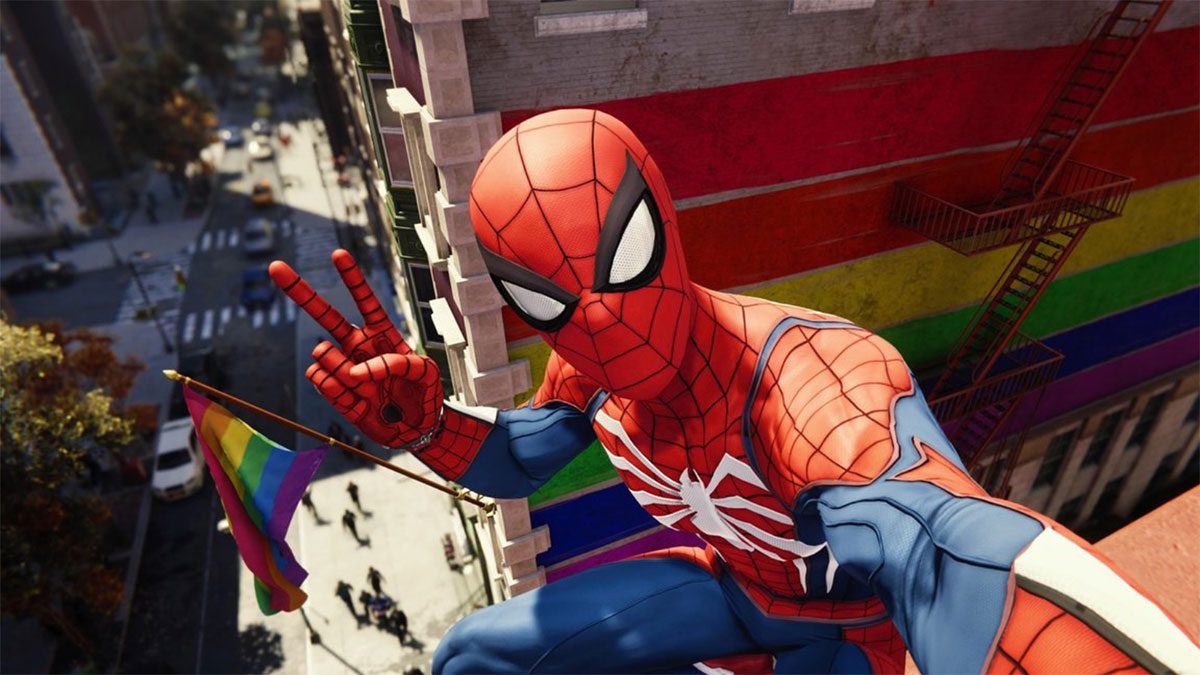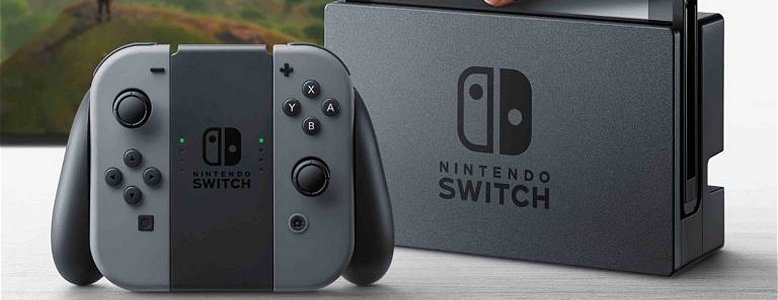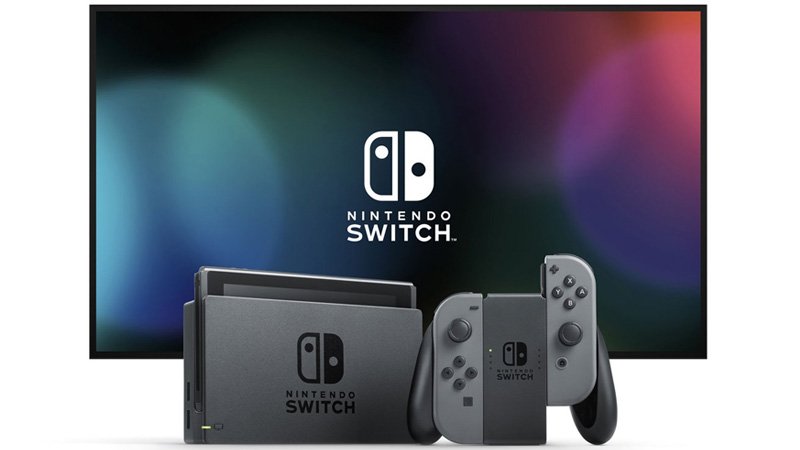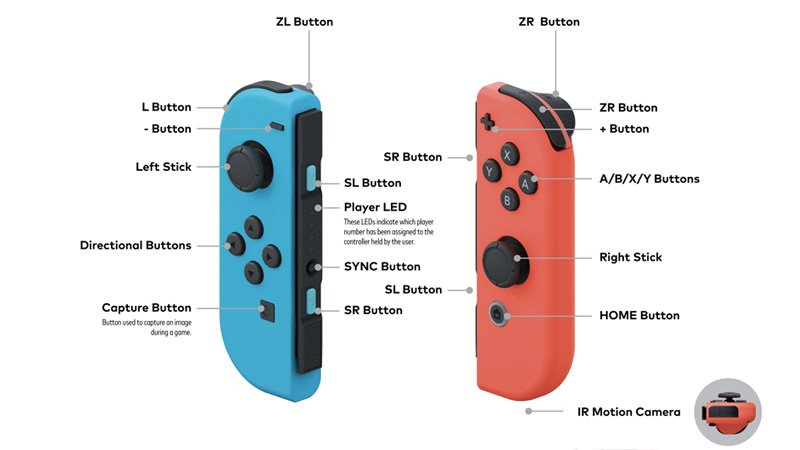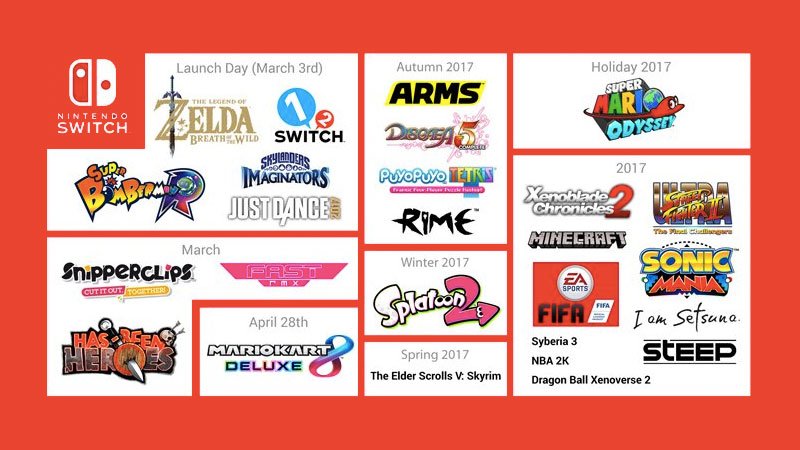Switch previews: Is it a day one purchase? | Is it worth upgrading from Wii U?
After three bustling hours hands-on, Nintendo has sold me on the Switch hardware – it’s a groundbreaking handheld system – but failed to impress with a lacklustre software line-up and left too many unanswered questions. Overlook the paperwork, and Nintendo has crafted a premium handheld device, beyond anything we’ve experienced in the realm of portable gaming, with an ergonomic form factor and vibrant HD screen. The premise is masterful, but Nintendo isn’t quite sure what it has created, and that’s a recipe for mass confusion.
The hardware in isolation is fantastic. It embodies quintessential Nintendo design and teams it with a sleek modern quality more often associated with Apple products. Whereas the bulky Wii U GamePad was designed for function over form, Switch doesn’t feel compelled to make such a concession; it’s more utilitarian and a gorgeous piece of tech. Most Nintendo products feel durable, bordering on indestructible, but as if they’ve emerged from a Fisher-Price catalogue. Switch is the first Nintendo hardware since I’ve been a 20-something consumer that feels like it’s been designed for me as an adult.
Switching between TV and handheld mode is a smooth and simple transition. Experimenting with Zelda, I began playing on TV using the Joy-Con as a standard controller in the Joy-Con grip. Buttons behind each Joy-Con release the locking mechanism, allowing them to slide freely and slot directly onto the sides of the Switch console; I tried two ways, and found it easier to leave it docked, slide them on until they clicked, and then remove the Switch to send a hastily-dressed Link to a bright 720 x 1280p handheld screen – perfectly adequate for the 6.2” screen size, especially coming from 900p (for Zelda) sitting far too close to a 50” display. The Treehouse stream lethargically cutting between the two modes didn’t do it justice. The transition is truly seamless and near-enough instant; Switching between TV and handheld mode takes no longer than opening a pause menu or map in most games.
Switch carries itself with a pleasing weightiness that speaks of its quality, without being heavy to use. It’s elegantly slim, yet tactile as it nestles into your grip, and avoids feeling like a mangled controller jammed onto the sides of an iPad Mini. Switch should be considerably more comfortable to hold for extended gameplay sessions than the 3DS. In contrast, the tiny Joy-Cons are fun-size in isolation; they’re smaller than a Game Boy Micro, which was largely ostracised by thick-fingered enthusiasts.
It’s comfortable to play across all configurations, which I’ll admit defied my predetermined opinion. Connected to the Switch tablet like a traditional handheld, or with both Joy-Cons set in the included Joy-Con grip to cobble together something reminiscent of a normal controller, it’s almost perfectly proportioned. The right control stick feels marginally too low for my muscle memory expecting the dimensions of the Xbox One controller or DualShock 4. But aside from that, it feels great – much better than it looks. The D-Pad reimagined as four separate buttons is odd considering its ‘80s pedigree, but it still performs as intended, and it’s fantastic to see Nintendo include a share button, which Wii U and 3DS (and Xbox One) sorely lack. Outside of the 1-2-Switch mini-games designed to specifically highlight the pompously named HD rumble, I didn’t really notice it – and that speaks in volume for its quality. Rumble functionality is doing its job when it doesn’t break the immersion.
The Joy-Cons, of course, can be split into two independent controllers. If you’re in the market at launch, you’re getting a Pro Controller and will never need to play with a single Joy-Con. Let’s be honest: these are for friends without foresight to supply Pro Controllers to a Mario Kart sesh, or little cousins you don’t like very much. However, the modern incarnation of the Wii Remote is astonishingly well suited to be played in a SNES configuration, especially with the included bumper strap that increases the height just enough, and adds proper (S)L and (S)R buttons, to make it more comfortable. As I’ve eluded, they are tiny, and have no right to become competent controllers; but they defy logic. They’re actually even smaller than they appear in practice, as the vertical layout requires the horizontal button positions to be horribly cramped. I had assumed this unbalanced layout would be rubbish, especially when using the control stick in the middle of the right Joy-Con. But they’re so small I didn’t even notice the unconventional placement. Playing Mario Kart 8 Deluxe and Super Bomberman R with both the left and right layouts, the Joy-Cons are brilliant as multiplayer controller options – while a Pro Controller services you elsewhere.
The $100 Pro Controller is by far the best Nintendo has made since it introduced the option on Wii. It’s done away with the awkward placement of its Wii U predecessor and embraced mimicking the far superior Xbox layout – which means my brain already knows where everything is; although, it does default to the B button, where A would be on Xbox One. It’s a quality controller in design, performance and build – although, perceived quality is relative, as all controllers feel cheaply made to a degree compared to the amazing Xbox One Elite Controller. My only complaint, which is also true for the Joy-Cons, is the use of digital instead of analogue triggers for ZL and ZR, as well as L, R, SL and SR. Aside from the obvious issue with bringing GameCube games like Super Mario Sunshine to Virtual Console (which hasn’t been announced yet), Nintendo is precluding third parties from bringing racing games, or anything with a sensitive accelerator, to Switch.
While I adore the hardware and unbridled joy Nintendo brings with its innovation that just isn’t present on PS4 and Xbox One, the messaging is muddled. It’s much clearer than Wii U – we understand what Switch is – but there are still so many elements that remain unknown or unclear less than two months before launch, and that’s cause for alarm. The Switch Presentation last week was meant to be an all-encompassing reveal that had us scrambling for pre-orders, but instead it left speculation to run rampant. It seems obvious to me Switch is a powerful handheld that can be displayed on a TV screen and optionally played with a conventional controller; it’s not a true hybrid handheld/console, as the dock doesn’t increase its power or introduce new features. There’s no denying it’s unlike anything that’s come before it – much like the DS and Wii – but it’s not a genuine two-in-one device.
Switch is a HD handheld that can optionally be played setup like a console with a TV output feature. However, that’s not what Nintendo is selling. It’s marketing it as an underpowered console that is portable, with a price tag that’s off-putting either way. I’m not going to get bogged down in the controversial cost, but pricing it as a console – actually more expensive than PS4 and Xbox One S – blurs its perception when, otherwise, it’s more like a handheld. As it did in the transition between GBA and DS, Nintendo will continue to support 3DS, and has wisely left the door ajar for a second successor, if the Switch doesn’t work out. It safer to confirm Switch is replacing Wii U, which is well into retirement, and remain vague about the future of the 3DS, despite the clear overlap in market.
Nintendo has a lot of questions to answer before March 3. A pathetic 32GB of internal storage, likely to be under 25GB of usable space, is a disaster for a handheld that can only be expanded by expensive micro-SDXC cards. Is there hope for USB HDD support on the dock? We don’t know anything about the U.I., very odd this close to launch, and don’t have confirmation about a unified account system. It seemed so obvious that was the purpose of the new Nintendo Account system, and yet we don’t have definitive confirmation. Nintendo took the strange step of mentioning online play will soon become paid, with access to one modified NES or SNES game each month, which has sent the rumour mill into overdrive. It’s astonishing such a monumental change was announced almost as a footnote without firm details. If a previously free service is going to command a fee, it needs to be communicated with a clear message.
Software is the glaring issue, with just five confirmed launch games compared to Wii U’s 23. The Legend of Zelda: Breath of the Wild is one of the strongest launch games Nintendo has ever had; or at least it would be if it wasn’t cross-gen, as the Wii U version is looking mighty tempting. To rub salt into the wound, Zelda’s recommended retail price has been increased by $10 on Switch. First party Wii U games were all $80 AUD, as Mario Kart 8 Deluxe will be in April, but The Legend of Zelda: Breath of the Wild is $90 AUD. It will retain the $80 AUD price tag on Wii U.
The motion control showpiece 1-2-Switch will soon flood clearance bins because it’s already been priced out of the market at $70 when it should have been included with the console. Nintendo America’s Reggie Fils-Aimé explained it couldn’t be packed in with Switch to keep its price at $470, but I don’t buy that for a second; the mundane mini-games were clearly meant to be the bundled software that demonstrated the gimmicky motion and IR controls no core games will ever actually use. I suspect it was removed to increase the launch line-up from four to five games, or because it doesn’t showcase the functionality as well as Wii Sports and Nintendo Land; perhaps both. Super Bomberman R is great fun, but Just Dance 2017 and Skylanders are merely something to pad the shelves next to Zelda.
With this limited selection, who is Switch targeting at launch? Zelda is obvious, but I’d wager a majority of Nintendo fans willing to consider spending $660 AUD for a handheld, Pro Controller and one game already have a Wii U, where that same game will also be available; they don’t have to upgrade to play the only game before Mario Odyssey at the end of the year that demands attention on Switch. The mid-year contenders, Mario Kart 8 Deluxe and Splatoon 2, have very similar editions already available on Wii U. 1-2-Switch is clearly targeting a casual audience, but without being packed in, who’s going to buy it? The average hardcore Nintendo fan won’t bother, but might have showed it to their friends and family if it was in the box. In the end, it’s left with a tiny potential audience.
Arms is attempting to combine the motion control accessibility of Wii Sports Boxing with the competitive nature of SSB and Splatoon – that’s a strange audience, but it might exist. Mario Kart 8 Deluxe wants to be Switch’s The Last of Us Remastered or GTA V re-release that gets plenty of double dippers, and it probably will. Despite a sparse launch window line-up, Nintendo is spreading its potential audience very thin, and doesn’t seem sure who Switch is meant to appeal to at launch. And let’s not forget the Virtual Console. It was a key selling point of Wii, quietly regressed on Wii U and now barely warranted a mention on Switch, where it should be in its element. If there aren’t many new games ready for launch, why didn’t Nintendo put an emphasis on a strong Virtual Console re-launch?
In his hands-on preview, Steve Wright endorses a launch day recommendation with the condition of fully embracing Switch’s varied controllers and social multiplayer that headlines almost all of the launch window releases. But that’s were we differ on the role of Nintendo hardware as a handheld or second console. I can’t recommend Switch to waggle around Joy-Cons with casual gamer friends, especially when 1-2-Switch isn’t bundled software. As great as Bomberman and Snipperclips are, they aren’t reasons to buy a premium handheld. Despite the focus on social gameplay, this is still very much a handheld platform primarily played with your own screen, with an audience focused on Nintendo’s core franchises. Switch on launch day is hard to recommend if you have, and won’t trade-in, a Wii U. The only AAA launch window games worth playing – Zelda, Mario Kart 8 and Splatoon, are all cross-gen. Launch games are never indicative of what a new platform will become, and both PS4 and Xbox One were propped up by cross-gen games during their launch windows, but there were a lot more of them. The most viable reason to upgrade to Switch is for the thrill of new hardware on day one – and it is more exciting – and to play and own The Legend of Zelda: Breath of the Wild on a current-gen system that can be played on or away from your TV. So obviously I’ve pre-ordered.
This article may contain affiliate links, meaning we could earn a small commission if you click-through and make a purchase. Stevivor is an independent outlet and our journalism is in no way influenced by any advertiser or commercial initiative.


